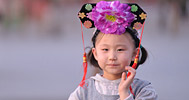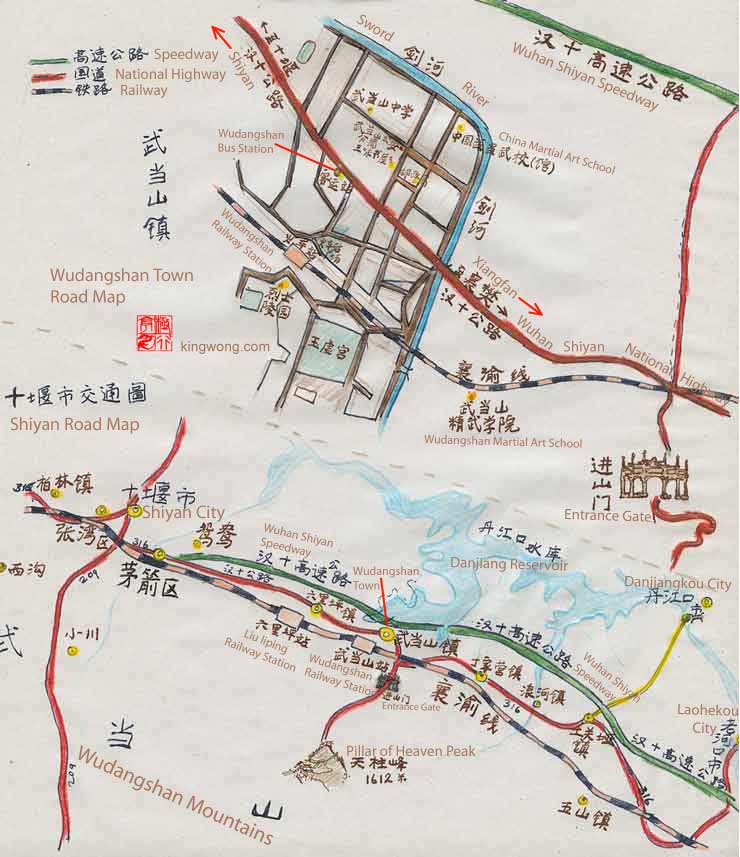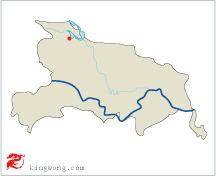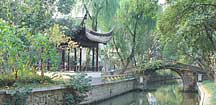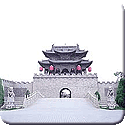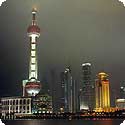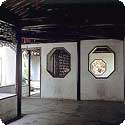Region: 湖北Hubei
武当山图片Wudangshan ( Wudang Mountains ) Pictures
-
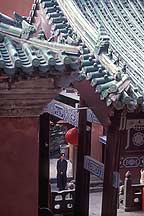
A Daoist monk stood solemnly watching the tourists moving to and fro. Unlike 黄山Huangshan ( Yellow Mountains ), people do not come to Wudangshan to be awed by any grotesque mountains, which is not comparable to Huangshan, but rather to come here to see its great architecture and relics, and to burn incense and ask for answers. Many came to the Wudang Mountains regularly to worship.
-
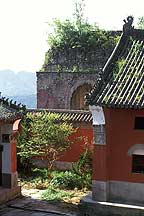
A wordless corner of a temple.
-
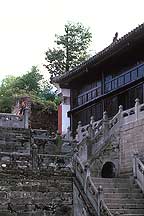
One of the temples in the large Wudang temple complex that was built during the 明朝Ming dynasty (1368-1644).
-
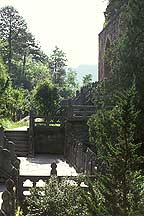
Another corner of one of the temples. Wudangshan temples are set well against the natural landscape, which provides an unrestrained atmosphere for meditation.
-
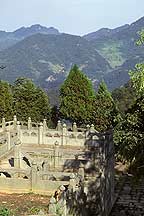
A platform in one of the temples.
-
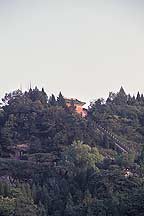
It was in 2001 that I visited the Wudang Mountains, and at the time I did not do much written documentations. So all my descriptions here are from memory. I believe this is the 天主峰Tianzhu Feng ( Pillar of Heaven ).
-
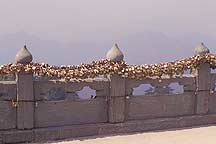
I remember many young couples arriving at this sacred mountain top felt the excitement and each pair brought a pad lock from the vendors, who then carved their names on it. The pair would then pick a good spot and lock it on the chains of the stone pillars. It symbolizes everlasting union - that is until the monks decided the rust is getting too ugly or the metals got too much weight.
-
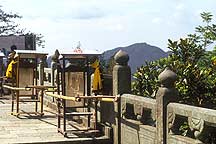
If you are tired to climb up the mountains on your own pair of legs, you can sit comfortably on a sedan and be carried up in style. Be warned that unless you are old or disabled, you may be looked down on. Still, you will see members of certain stratum of society in their bright shirts and sunglasses fanning themselves while being carried up.
-
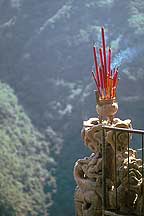
Many came to the Wudang mountains to burn incense. This dragon stone support was extended to mid air.
-
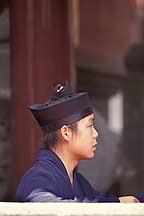
A young Daoist practitioner sat near a temple entrance to greet visitors.
-
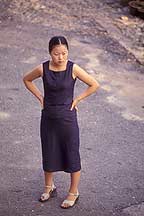
A local woman outside the hotel buildings.
-
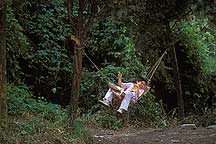
A local little girl. There were alot of families living in the Wudang Mountains, and the kids naturally came to play near the temple areas.
-
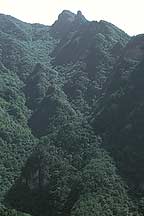
Wudangshan mountains has 72 peaks. It is safe to say that they are mostly visually calm and tranquil. This could be one reason why the well-known 明朝Ming dynasty (1368-1644) Daoist and martial artist, 张三丰Zhang Sanfeng had a life-long passion for them.
-
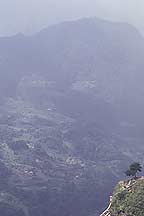
-
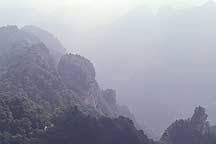
One of the more drama view of Wudangshan. When the mist and clouds hover over the mountains, it is otherworldly.
-
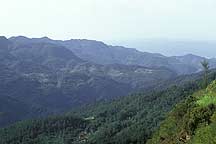
Wudangshan has an extraordinary variety of plant life. The great Ming pharmacologist 李时珍Li Shizhen(1518-1593) found 1800 species and recorded them in his great Compendium of Materia Medica, 《本草纲目》Bencao Gangmu. 400 of these were listed as herbs with medical value. Modern survey listed 617.
-
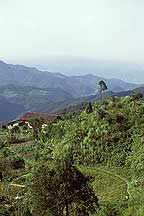
There was quite a few families living in the area.
-
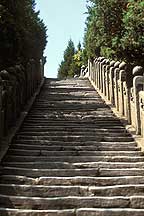
The stone steps in Wudangshan are well kept, unlike those of Huangshan.
-
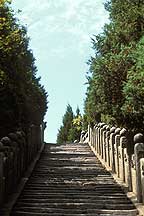
-
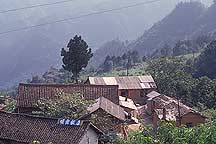
Wudangshan has its own villages. They were just small and the houses were in small groups.
-
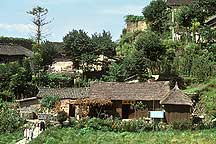
More village houses. These were close to the hotel area.
